Shift Towards Value-Based Care
The Patient Portal Market is witnessing a shift towards value-based care, which emphasizes patient outcomes and satisfaction over volume of services provided. This paradigm shift is encouraging healthcare providers to adopt patient portals as a means to enhance patient engagement and improve care coordination. Data suggests that organizations implementing patient portals have observed a 20% increase in patient satisfaction scores. By providing patients with easy access to their health information, educational resources, and communication tools, these portals empower individuals to take an active role in their healthcare journey. As value-based care models continue to gain traction, the Patient Portal Market is likely to expand, driven by the need for tools that facilitate better patient-provider interactions and improved health outcomes.
Emphasis on Data Security and Privacy
In the Patient Portal Market, the emphasis on data security and privacy is becoming increasingly paramount. With the rise of cyber threats and data breaches, healthcare organizations are prioritizing the protection of patient information. Recent statistics indicate that nearly 60% of healthcare organizations have reported experiencing a data breach in the past year. This alarming trend has prompted regulatory bodies to enforce stricter compliance measures, thereby influencing the design and functionality of patient portals. Enhanced security features, such as two-factor authentication and encryption, are being integrated into these platforms to safeguard sensitive data. As patients become more aware of their rights regarding data privacy, the demand for secure patient portals is likely to escalate, further driving growth in the Patient Portal Market.
Rising Demand for Telehealth Services
The Patient Portal Market is experiencing a notable surge in demand for telehealth services. As healthcare providers increasingly adopt digital solutions, patients are seeking convenient access to their health information and virtual consultations. According to recent data, approximately 70% of patients express a preference for online communication with their healthcare providers. This trend is likely to drive the expansion of patient portals, as they facilitate seamless interactions between patients and providers. Furthermore, the integration of telehealth capabilities within patient portals enhances the overall user experience, making it easier for patients to manage appointments, access medical records, and receive timely care. As telehealth continues to gain traction, the Patient Portal Market is poised for significant growth, reflecting the evolving landscape of healthcare delivery.
Increased Focus on Chronic Disease Management
The Patient Portal Market is experiencing an increased focus on chronic disease management, driven by the rising prevalence of chronic conditions such as diabetes and hypertension. As healthcare systems strive to improve outcomes for these patients, the role of patient portals becomes crucial. Data indicates that nearly 50% of adults in certain regions are living with at least one chronic condition, necessitating effective management strategies. Patient portals provide essential tools for monitoring health metrics, medication adherence, and communication with healthcare providers. By facilitating better management of chronic diseases, these portals not only enhance patient engagement but also contribute to reduced healthcare costs. As the demand for chronic disease management solutions grows, the Patient Portal Market is expected to expand, reflecting the need for innovative approaches to healthcare delivery.
Growing Adoption of Mobile Health Applications
The Patient Portal Market is significantly influenced by the growing adoption of mobile health applications. As smartphones become ubiquitous, patients are increasingly utilizing mobile apps to manage their health. Recent surveys indicate that over 80% of patients prefer accessing their health information via mobile devices. This trend is prompting healthcare providers to integrate mobile-friendly features into their patient portals, enhancing accessibility and user experience. The convenience of mobile health applications allows patients to schedule appointments, receive reminders, and communicate with healthcare providers on-the-go. Consequently, the Patient Portal Market is likely to experience accelerated growth as more organizations recognize the importance of mobile compatibility in meeting patient expectations and improving engagement.
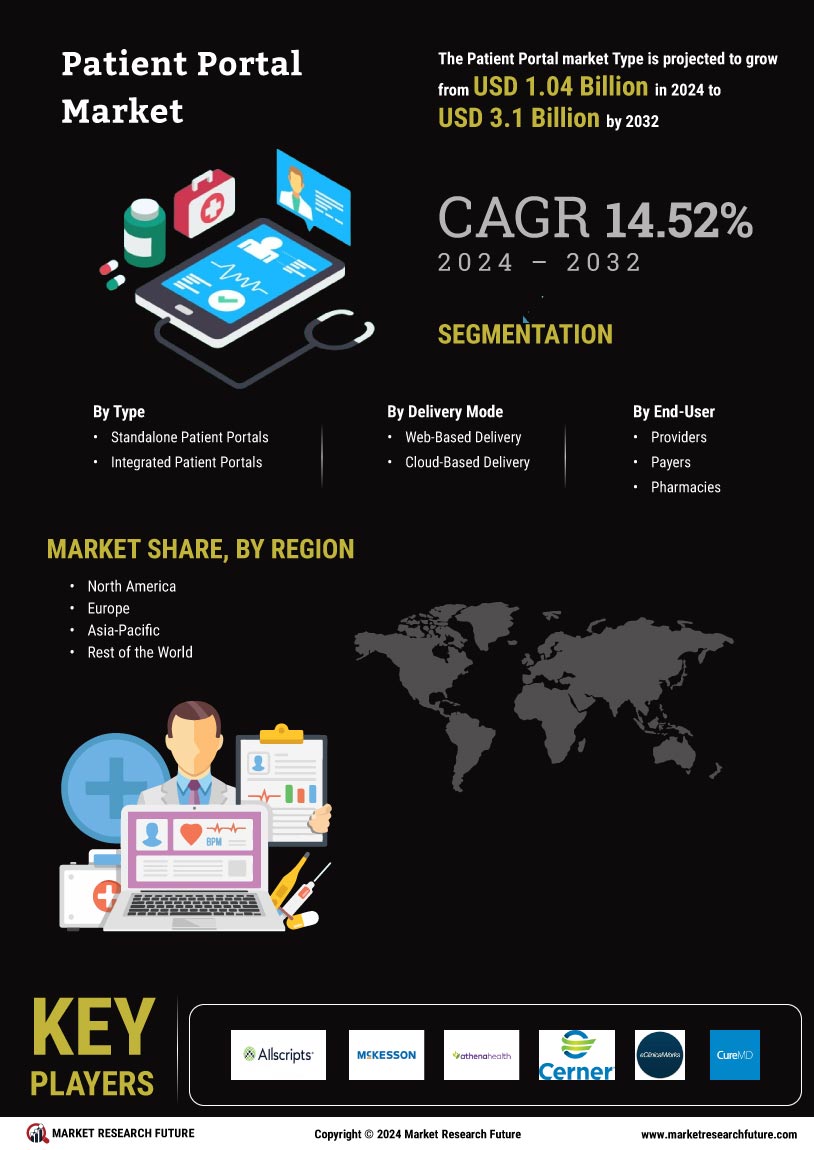

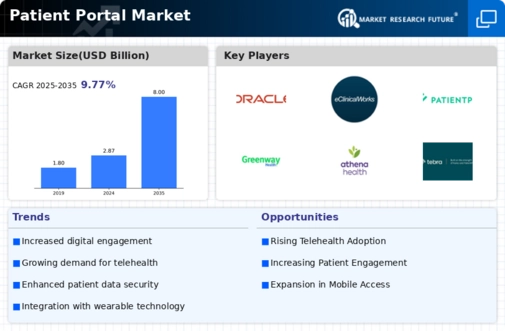
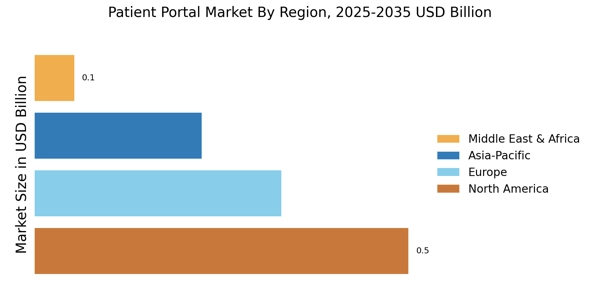
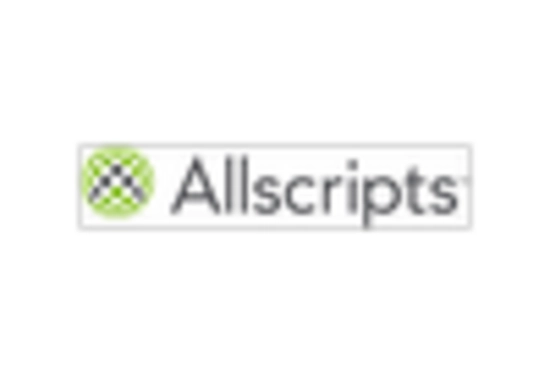
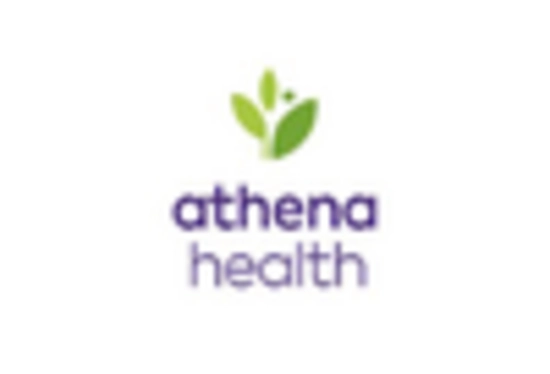
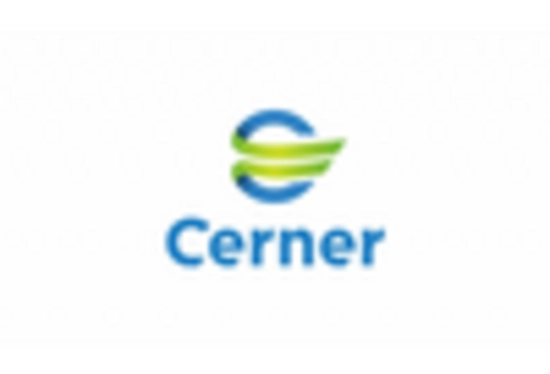
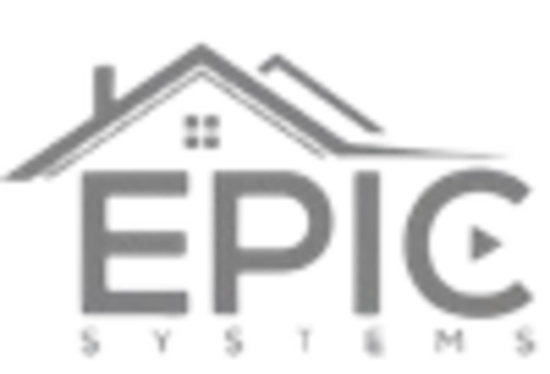
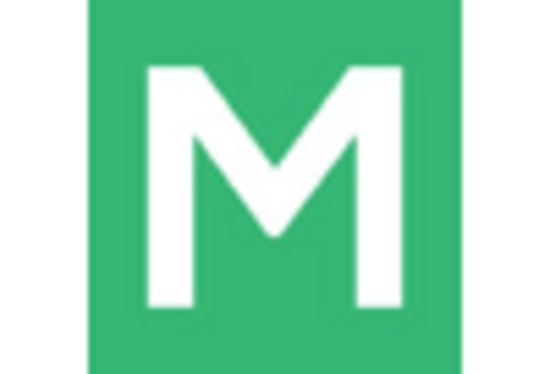
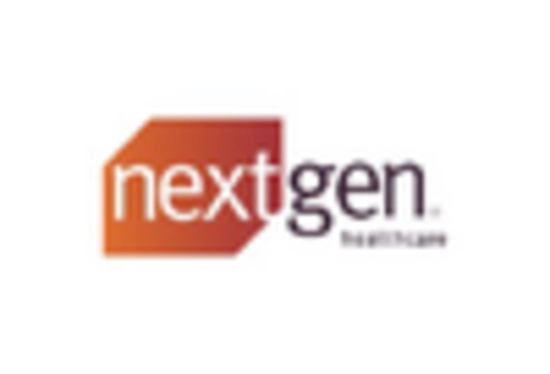








Leave a Comment